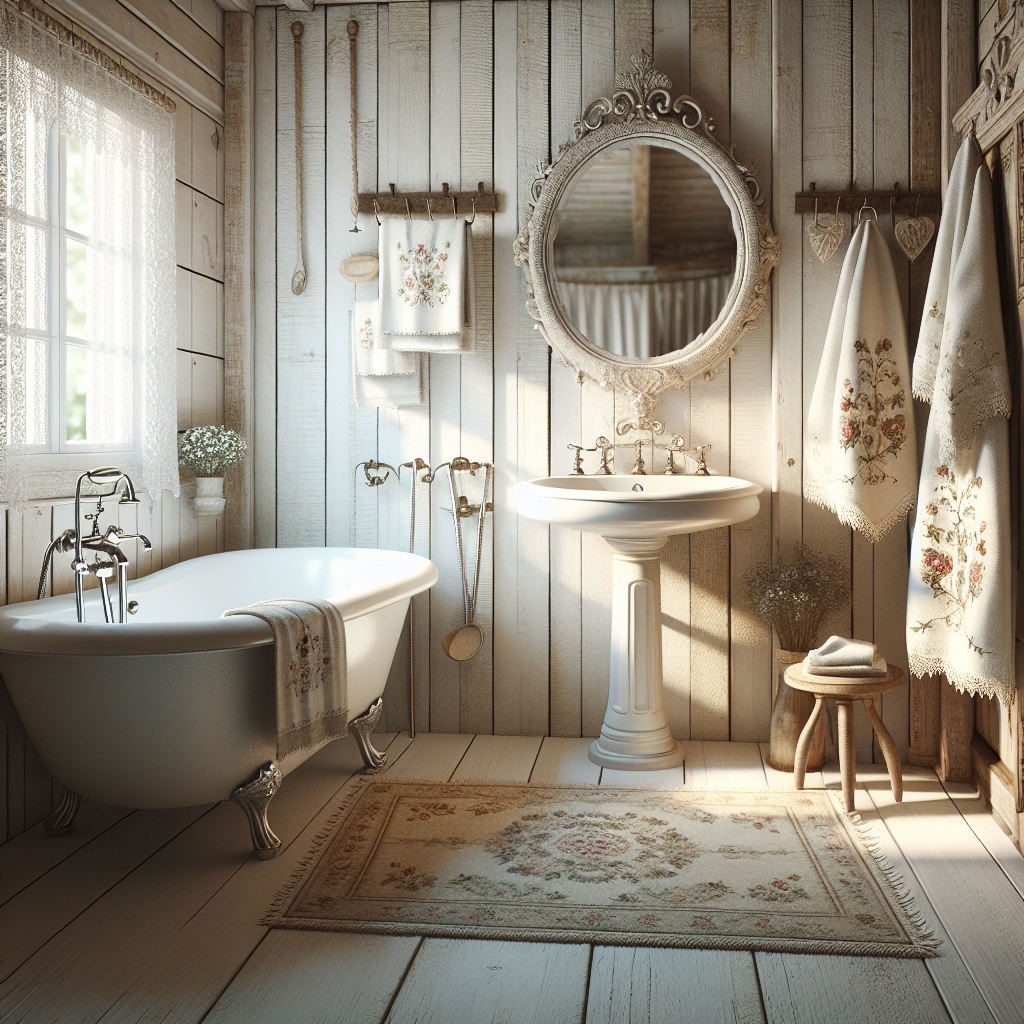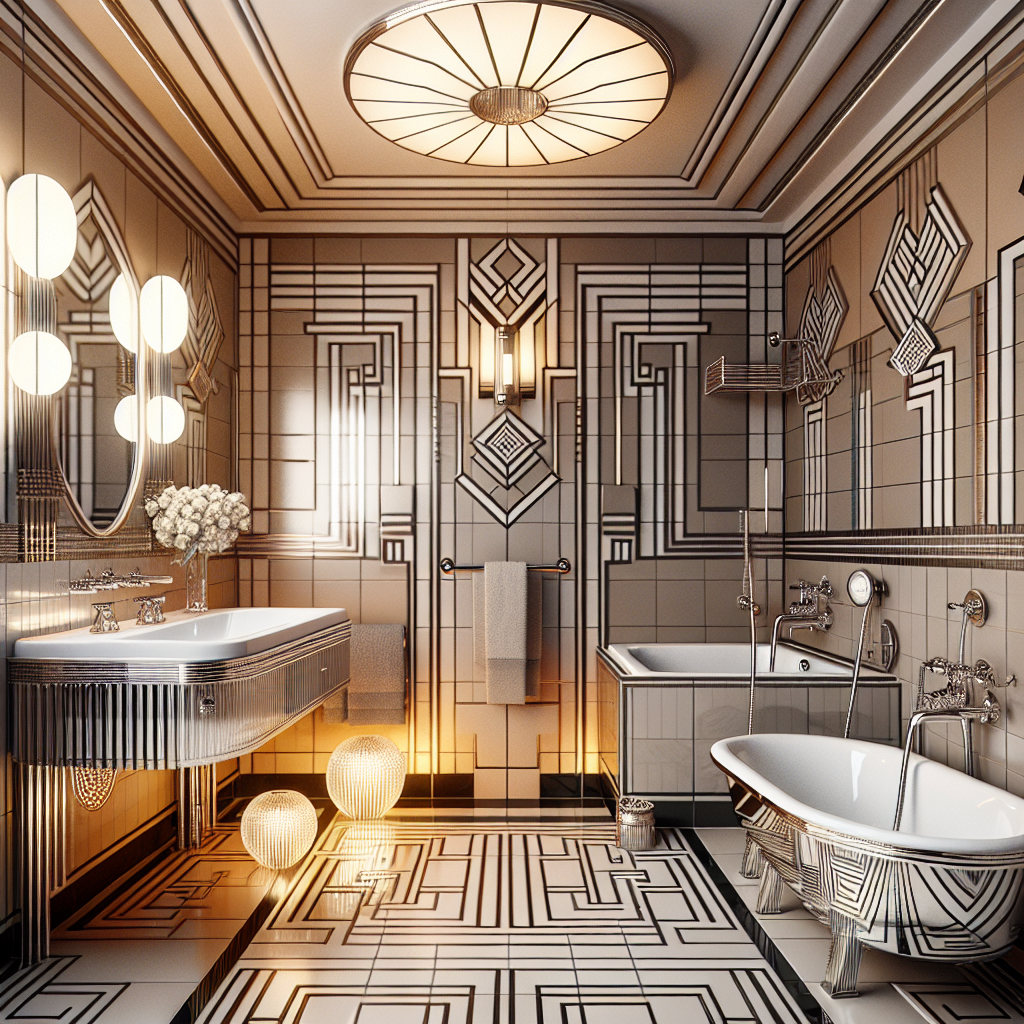The Importance of Water Conservation in the Bathroom
Water-Saving Solutions: Eco-Friendly Bathroom Upgrades
The Importance of Water Conservation in the Bathroom
Water is a precious resource that is essential for all life on Earth. However, with the increasing global population and the effects of climate change, water scarcity has become a pressing issue. It is crucial for us to take steps to conserve water in every aspect of our lives, including the bathroom. By making eco-friendly upgrades to our bathrooms, we can significantly reduce our water consumption and contribute to a more sustainable future.
One of the main culprits of water wastage in the bathroom is outdated toilets. Older toilets can use up to 7 gallons of water per flush, which is not only excessive but also unnecessary. By replacing these old toilets with low-flow or dual-flush models, we can save a significant amount of water. Low-flow toilets use only 1.6 gallons per flush, while dual-flush toilets offer the option of a half-flush for liquid waste, further reducing water usage. These upgrades not only save water but also lower our water bills, making them a win-win solution.
Another area where water conservation is crucial is in the shower. Traditional showerheads can use up to 2.5 gallons of water per minute, resulting in excessive water consumption during each shower. By installing low-flow showerheads, we can reduce water usage by up to 50% without compromising on the shower experience. These showerheads use less than 2 gallons per minute while still providing a satisfying water flow. Additionally, taking shorter showers and turning off the water while lathering or shampooing can further contribute to water savings.
Faucets are another source of water wastage in the bathroom. Older faucets can use up to 2.2 gallons of water per minute, which can quickly add up. By replacing these faucets with low-flow models, we can reduce water usage by up to 30%. These faucets are designed to maintain a steady flow while using significantly less water. Additionally, fixing any leaks promptly is essential, as even a small drip can waste gallons of water over time.
Toilet leaks are another common issue that can lead to significant water wastage. A silent toilet leak can waste up to 200 gallons of water per day, which is equivalent to flushing the toilet over 50 times. Regularly checking for leaks and promptly fixing them can save a substantial amount of water. One simple way to check for leaks is by adding a few drops of food coloring to the toilet tank. If the color appears in the bowl without flushing, there is a leak that needs to be addressed.
In addition to these upgrades, there are several other water-saving habits that we can adopt in the bathroom. Turning off the tap while brushing our teeth or shaving can save gallons of water each day. Using a bucket instead of running water to mop the floor or wash the bathroom can also contribute to water conservation. Furthermore, collecting and reusing water from the shower or bath for watering plants or flushing the toilet is an excellent way to make the most of every drop.
Water conservation in the bathroom is not only essential for the environment but also for our wallets. By making eco-friendly upgrades and adopting water-saving habits, we can significantly reduce our water consumption and contribute to a more sustainable future. Let us take inspiration from these solutions and make a conscious effort to conserve water in our daily lives. Together, we can make a difference and ensure that future generations have access to this precious resource.






